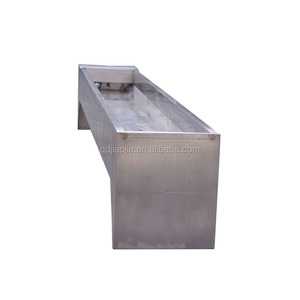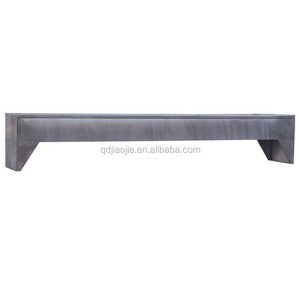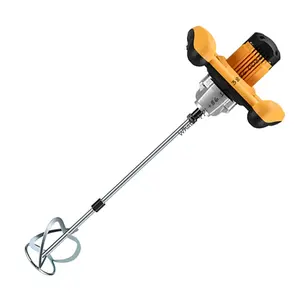Popular in your industry













































































Related Searches:





























































































































Top categories
About watering troughs for livestock
A water trough has to be sturdy. Having a couple of thousand-pound animals interacting and sometimes pulling or pushing the recipient can be quite damaging over the years. Not only that but the risk of it tumbling over is always present, and correcting this will certainly be labor-intensive, considering the amount of water the tanks hold. To avoid all this, users have to choose a recipient with the right shape for their livestock.
Shapes of water troughs
For starters, the rectangular and square cattle troughs are some of the most common. This is because they can provide water for a huge number of animals at a time, all while not taking up too much space. That being said, they are also the easiest to deform. As the tanks get bigger and bigger, holding hundreds of gallons of water, their straight walls will be under a lot of pressure in the middle, away from the support of the corners. This makes it so the tank slowly starts to bow, which might expand it a couple of inches outward. It goes without saying that this is far from ideal. Therefore, for straight-walled tanks, it’s important to provide them with an external framework to hold them together or opt for installing multiple smaller units side by side.
Round or cylindrical livestock water tanks don’t suffer from the same problem. Due to their cornerless structure, the water doesn’t have a large enough unsupported area to press against. Moreover, they can hold more water while occupying fewer square feet, being generally taller, which is ideal for areas that aren’t very spacious.
Materials used in water troughs
As a rule of thumb, the sturdier the trough, the better. To achieve this, a variety of materials can be used. Metal, galvanized feed troughs, for example, can provide enough structural rigidity to handle the water volume. They won’t crack and can incorporate rust-resistant alloys or metals, such as aluminum. However, they can still be bent if the pressure exceeds a certain threshold. In the same vein, their internal lining might be damaged, risking the leakage of harmful chemicals into the water.
If sturdiness is the number one priority, users can’t go wrong with concrete watering troughs for livestock. That being said, their rigidity can also be a detriment to their usability. Whenever maintenance or cleaning is required, for example, there won’t be an option to move or transport them to a specialized facility.
On the other end of the spectrum, plastic horse water troughs are nowhere near as strong, but their flexibility makes up for it. This means the structure will remain sound even though a few bows might appear here and there. In addition, if any animals hit them, neither the animal nor the tank will suffer much damage.
































































